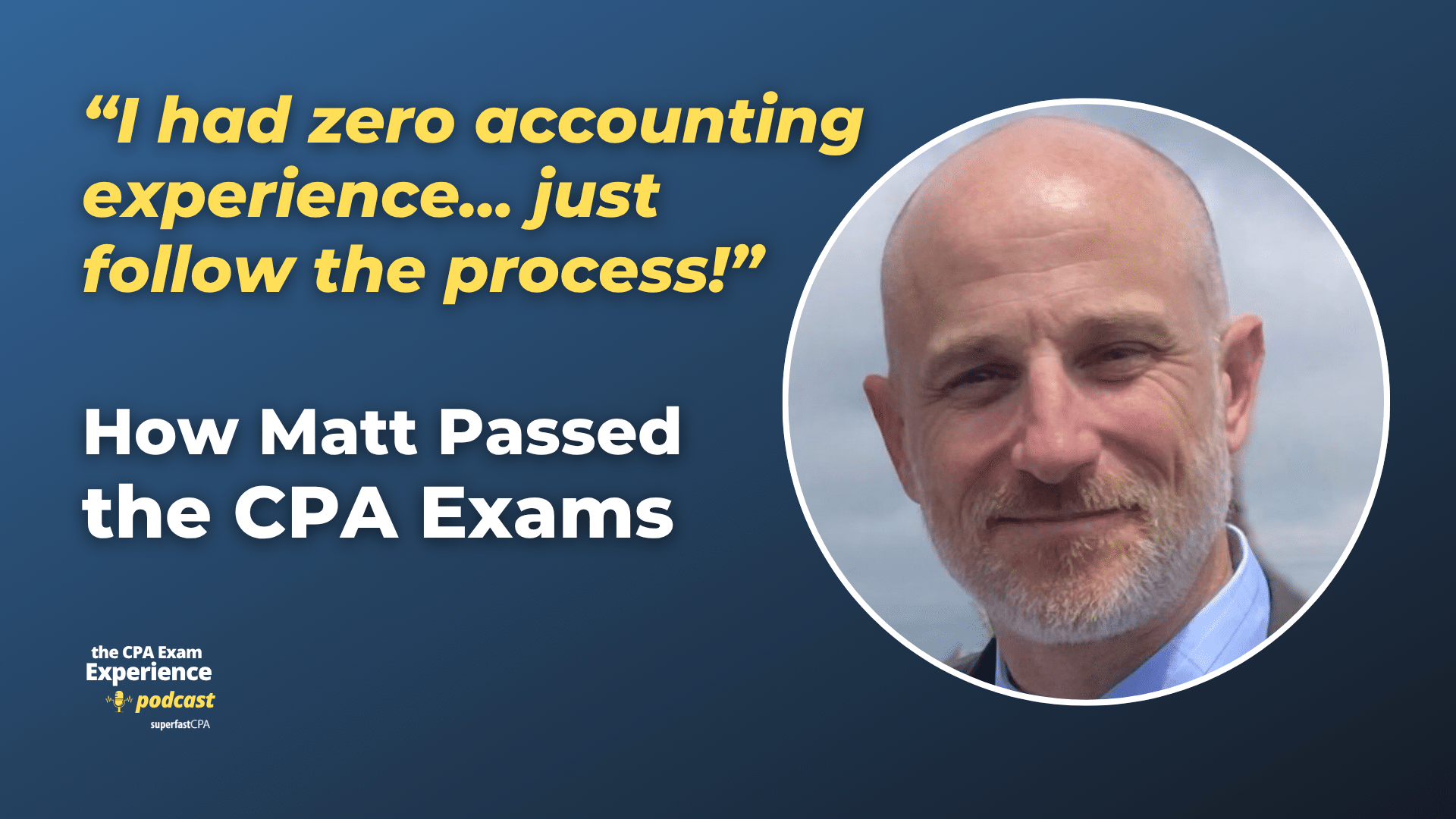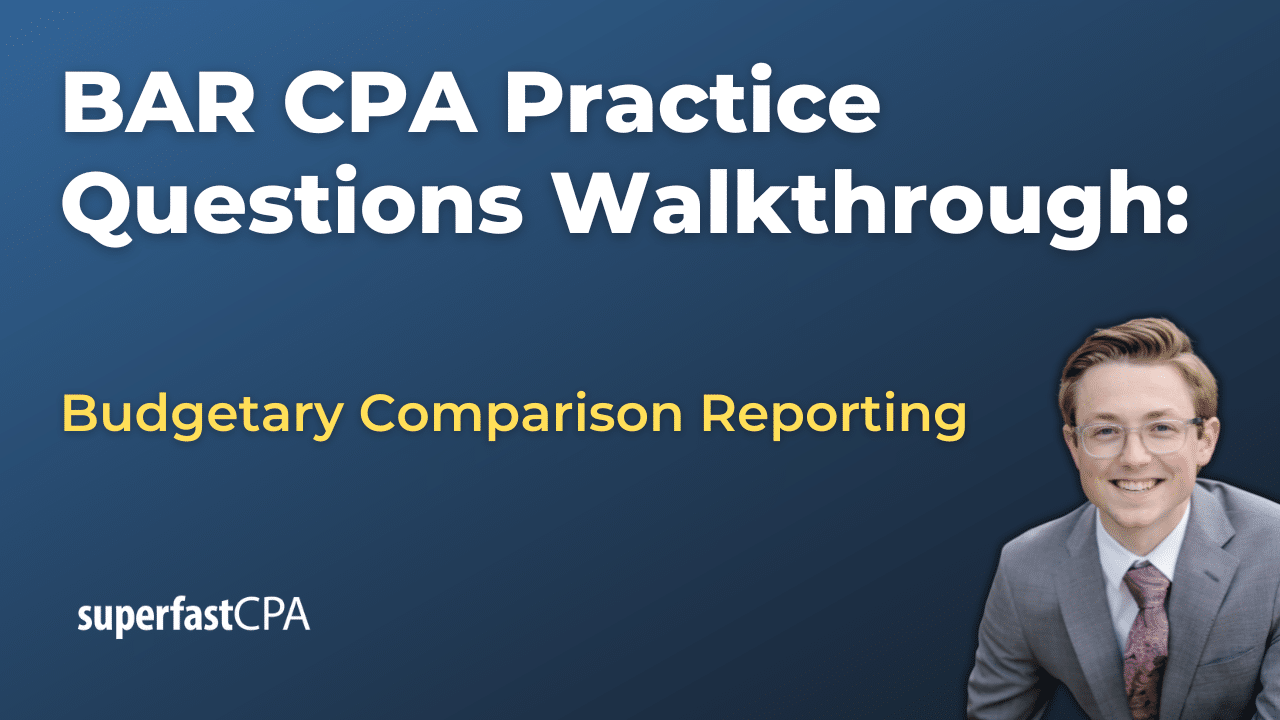In this video, we walk through 5 BAR practice questions teaching about calculating research and development costs. These questions are from BAR content area 2 on the AICPA CPA exam blueprints: Technical Accounting and Reporting
The best way to use this video is to pause each time we get to a new question in the video, and then make your own attempt at the question before watching us go through it.
Also be sure to watch one of our free webinars on the 6 “key ingredients” to an extremely effective & efficient CPA study process here…
Calculating Research and Development Costs
Not all technical or experimental costs are treated the same when it comes to Research and Development Costs. Under U.S. GAAP, you must distinguish between costs that qualify for immediate expensing and those that should be capitalized. This post summarizes the rules and provides practical examples to help reinforce the concepts.
Only Direct R&D Efforts Are Expensed
To qualify as R&D under U.S. GAAP, a cost must relate directly to planned research or development efforts that aim to discover new knowledge, create new products, or significantly improve existing ones.
The following are included in R&D expense:
- Salaries of engineers and scientists working directly on R&D
- Materials consumed in laboratory experiments or prototype development
- Depreciation on equipment during the time it is being used in R&D (regardless of future use)
Example: A company pays $120,000 to engineers developing a new medical device and uses $25,000 in lab materials. Both amounts are fully included in R&D expense.
Equipment Is Treated Based on Future Use
Equipment purchased for R&D is treated differently depending on whether it has an alternative future use.
- If the equipment has no future use beyond the R&D project, the full purchase cost is expensed immediately.
- If the equipment has a future use (such as future production), the purchase cost is capitalized, but depreciation while the equipment is used for R&D is included in R&D expense.
Example: A company buys a $90,000 testing machine that will later be used in regular production. In Year 1, it records $15,000 in depreciation while using it for R&D. That $15,000 is included in R&D expense, while the purchase cost is capitalized.
Legal, Administrative, and Routine Operating Costs Are Not R&D
Some costs may seem related to product development but are excluded from R&D expense under GAAP.
These include:
- Legal fees related to patents (capitalized as intangible assets)
- Administrative and general overhead, even if related to R&D activities
- Routine product testing, quality control procedures, and inspections of manufactured goods
- Troubleshooting or fixing problems in existing production processes
Example: A company spends $22,000 on legal fees to file a patent for a new invention. This cost is not included in R&D expense and is instead capitalized.
For Software Developed for Sale, Only Pre-Feasibility Costs Are Expensed
When software is being developed for external sale or licensing, the point of technological feasibility is key.
- Costs incurred before technological feasibility is established are treated as R&D and are expensed.
- Once technological feasibility is achieved, subsequent development costs (like final coding and testing) are capitalized until the product is ready for general release.
Technological feasibility typically means a working model or detailed program design has been completed.
Example: A software company spends $70,000 researching different approaches and $100,000 refining the program after creating a functional prototype. Only the $70,000 is reported as R&D expense. The $100,000 is capitalized.
Post-Production Activities Are Not R&D
Once a product enters commercial production, any further technical, testing, or support activities are not considered R&D. These include:
- Quality control testing on finished products
- Customer support and technical assistance
- User training documentation and help guides
- Marketing and promotional materials
Even if these costs involve engineers or technical teams, they are not related to the discovery or development of a new product and are therefore excluded.
Example: After launching a new diagnostic device, a company spends $30,000 testing for manufacturing consistency and $18,000 creating training guides. Neither amount qualifies as R&D under U.S. GAAP.
Summary: What’s Included vs. Excluded in R&D Expense
Included in R&D expense:
- Salaries of scientists and engineers working directly on R&D
- Materials consumed in lab experiments or prototypes
- Depreciation on equipment during R&D use
- Full cost of equipment with no future use
Excluded from R&D expense:
- Equipment with future use (capitalized, but depreciation during R&D is included)
- Legal fees for patent filings (capitalized)
- General and administrative overhead
- Routine product testing and quality control
- Troubleshooting production problems
- Customer training materials and support costs
- Software development costs incurred after technological feasibility
Final Tip
When evaluating whether something qualifies as R&D expense under U.S. GAAP, ask two key questions:
- Is the cost directly related to new research or development efforts?
- Was the cost incurred before technological feasibility or commercial production began?
If the answer to both is yes, and there’s no alternative future use, the cost likely belongs in R&D expense. If not, it’s probably either excluded or capitalized.









